Bishop Museum
This museum of Hawaiian and Polynesian culture is the legacy of the last descendant of the Kamehameha Dynasty.
Dating back to 1889, the Bernice Pauahi Bishop Museum is the largest museum in the state of Hawai’i, housing not only the world’s most extensive collection of Hawaiian and Polynesian art and artifacts, but also one of the world’s major collections of zoological, entomological, and natural history specimens.
The ornate buildings of the Bishop Museum were originally part of the campus of a boy’s school – one half of the Kamehameha Schools, a private institution to provide education to native Hawaiians. Two schools – one for boys and one for girls – were established by philanthropist and businessman Charles Reed Bishop, husband of Bernice Pahahi Bishop. Bernice, for whom the museum is named and dedicated, was the last legal heir of the Kamehameha Dynasty, the royal family of Hawai’i. She died in 1884, but her husband Charles carried out her will, creating the Kamehameha Schools for orphans and native Hawaiian children in need.
As a princess of the Kamehameha monarchy, Bernice also held a large collection of royal art, ceremonial dress, and historical artifacts. These were passed down to Charles on her death, and along with the schools he established a museum in Bernice’s honor. In 1889 he built two “Richardsonian Romanesque” buildings on the boy’s campus (the Hawaiian Hall and Polynesian Hall) as a home for the Hawaiian and Polynesian collections.
For over 50 years the Museum and the school shared the grounds, but when the boys were moved to another campus in 1940, it allowed the Museum to expand into Bishop Hall, and eventually for the grounds to accommodate the building of new structures — including a science center, a planetarium, a hall for traveling exhibits, as well as a native plant garden.
The Bishop Museum has an extensive and ambitious mission, including conservation, education, natural history, scientific research, and library services. But the Bishops’ original calling — to honor and protect the legacy and longevity of native Hawaiian and Pacific cultures—is still at their core.
Know Before You Go
The Museum is open every day but Thanksgiving & Christmas, 9am to 5pm.General admission is $22.95 for adults, $19.95 for seniors, $14.95 for kids age 4-12, and under 4 are free. They offer reduced rates for Kama‘āina (residents with Hawaiʻi state ID) and military personnel, so check the website for details.












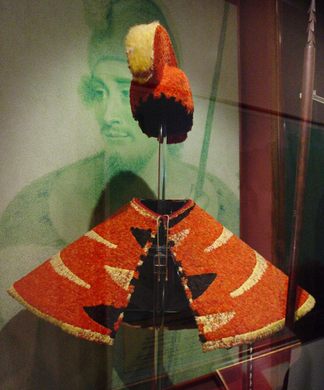










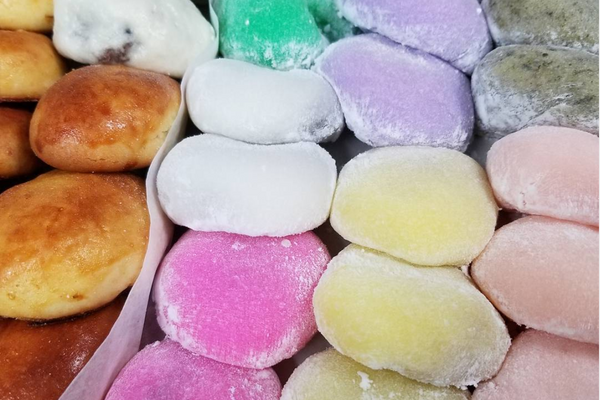

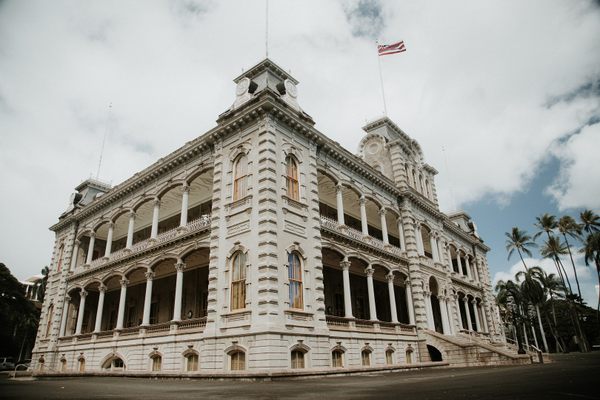
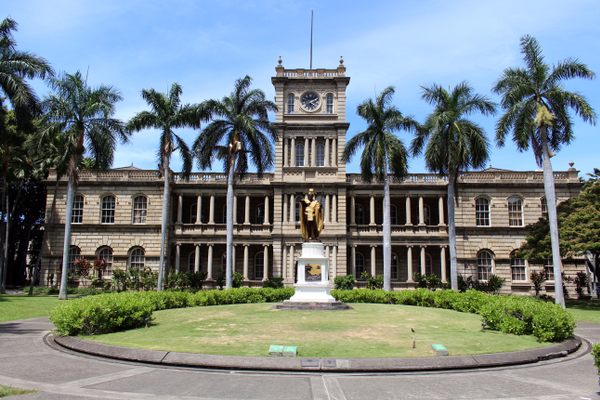

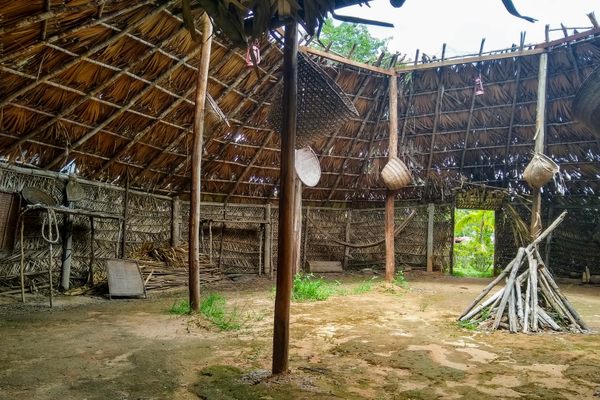

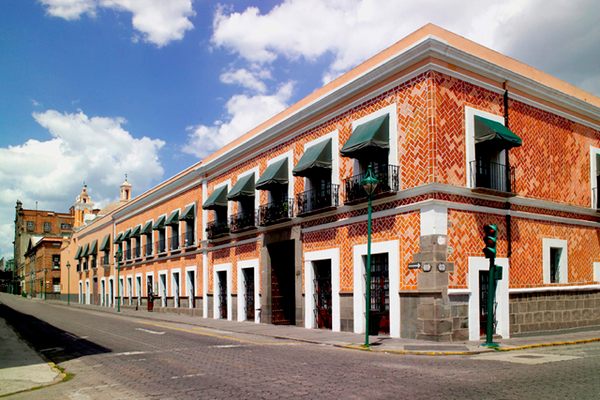

Follow us on Twitter to get the latest on the world's hidden wonders.
Like us on Facebook to get the latest on the world's hidden wonders.
Follow us on Twitter Like us on Facebook